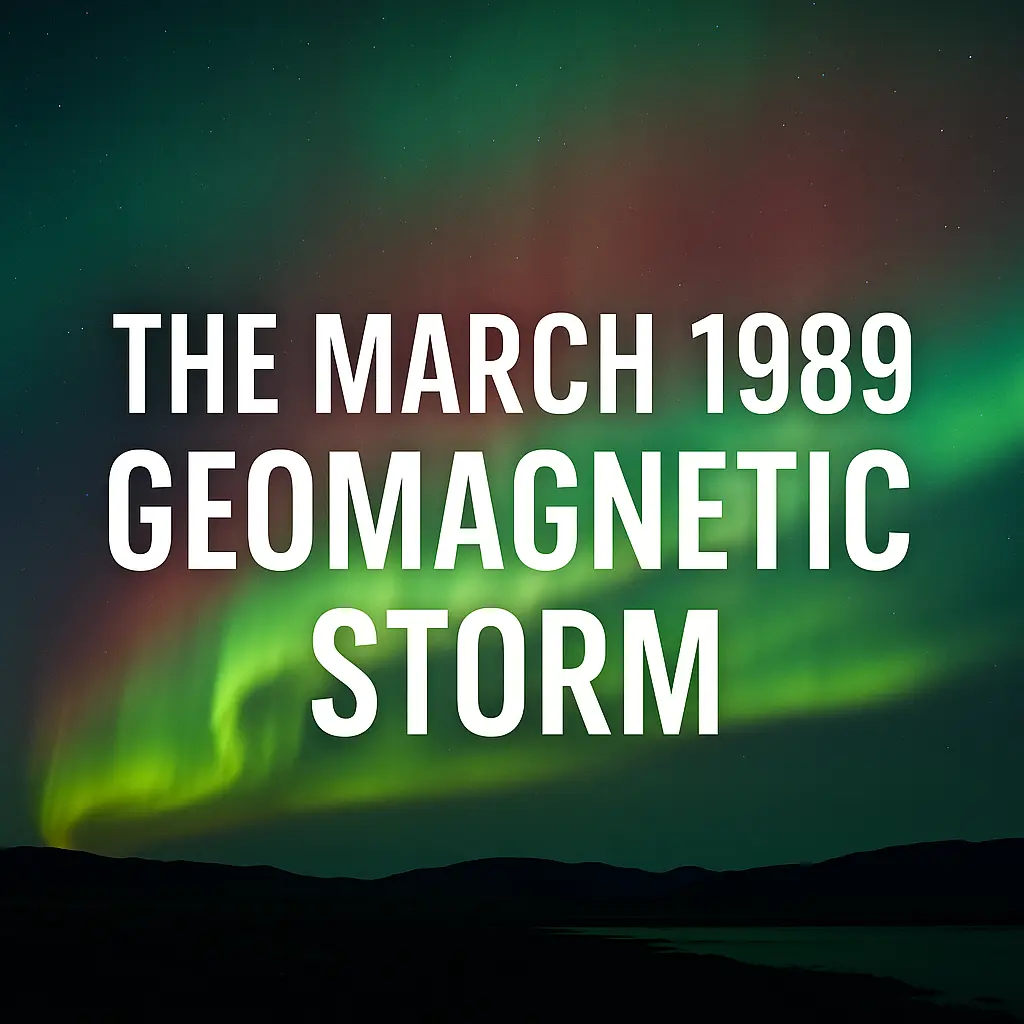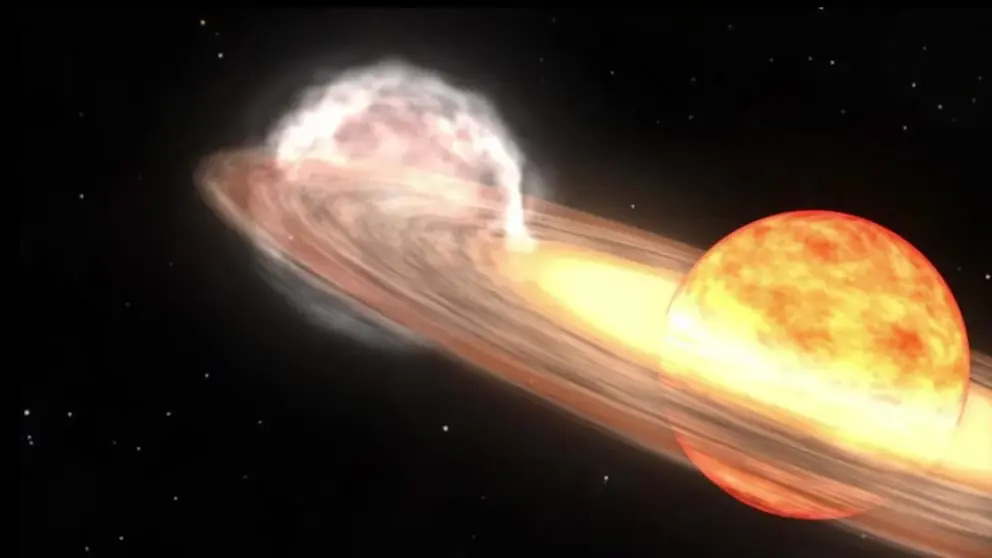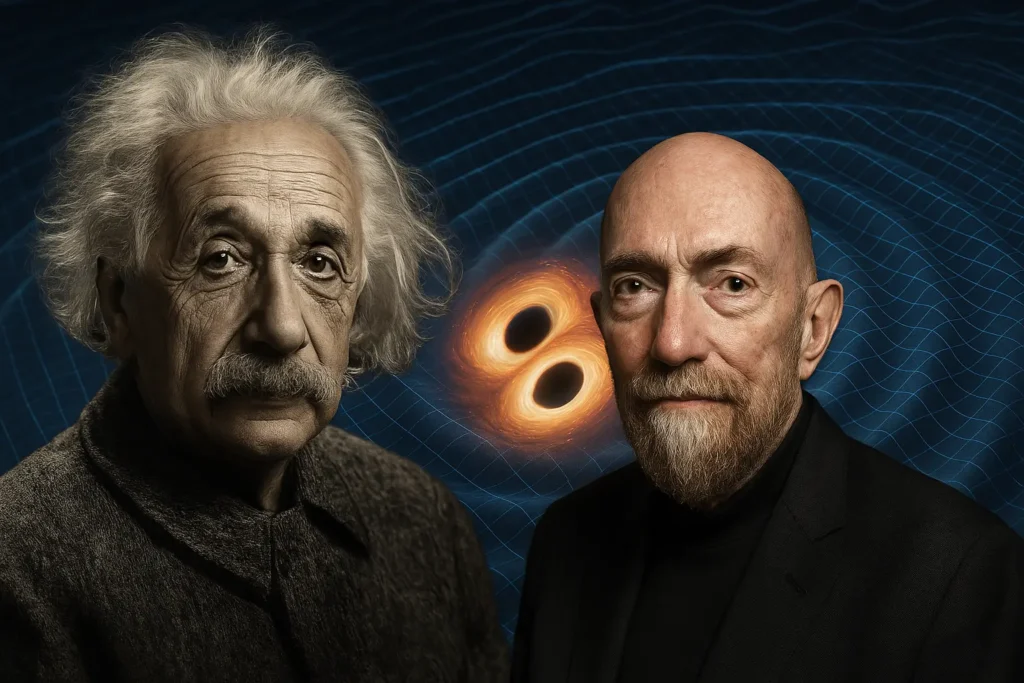In March 1989, a powerful solar storm underscored the vulnerability of modern technological infrastructure to space weather. This geomagnetic storm, triggered by a massive solar eruption, caused significant disruptions on Earth, including a major power outage in Quebec. It remains one of the most impactful space weather events in recorded history.
🌞 Solar Origins
The event began with heightened solar activity observed in early March. On March 6, a large sunspot group—known as Active Region 5395—produced an X15-class solar flare, one of the strongest categories of solar flares. This flare was accompanied by a fast-moving coronal mass ejection (CME), a vast cloud of magnetized plasma ejected from the Sun’s atmosphere.
🌍 Geomagnetic Storm Onset
On March 13, 1989, the CME collided with Earth’s magnetosphere, initiating a severe geomagnetic storm. The disturbance reached a Kp index of 9, the highest level on the geomagnetic activity scale, signifying extreme intensity.
⚡ Quebec Blackout
The most notable consequence of the storm was a prolonged blackout across Quebec. The province’s power grid, operated by Hydro-Québec, collapsed in just 90 seconds under the influence of geomagnetically induced currents (GICs). These currents entered the electrical system, damaging transformers and disabling protective relays. The blackout lasted approximately nine hours and affected millions of residents.
🛰️ Satellite and Communication Disruptions
The storm also impacted satellite systems and communication networks. Several satellites reported anomalies, including memory faults and sensor malfunctions. The U.S. space shuttle Discovery (STS-29), in orbit at the time, experienced electrical problems attributed to the storm. Ground-based systems, including shortwave radio and GPS, faced intermittent outages.
🌌 Visual Phenomena
One of the more visible effects was the appearance of auroras far beyond their usual range. The northern lights were observed as far south as Texas and Florida, providing a rare spectacle to regions unaccustomed to such displays.
🔬 Long-Term Implications
The 1989 geomagnetic storm was a turning point in the field of space weather research. It demonstrated that solar activity could have immediate and widespread impacts on critical infrastructure. In the aftermath, governments and scientific institutions increased investment in forecasting systems, and utilities revised engineering standards to reduce future risks.
⚠️ A Cautionary Benchmark
While not as intense as the historic Carrington Event of 1859, the 1989 storm caused greater real-world disruption due to the modern reliance on electricity and satellite communications. It remains a key reference for evaluating the potential effects of future space weather events.



